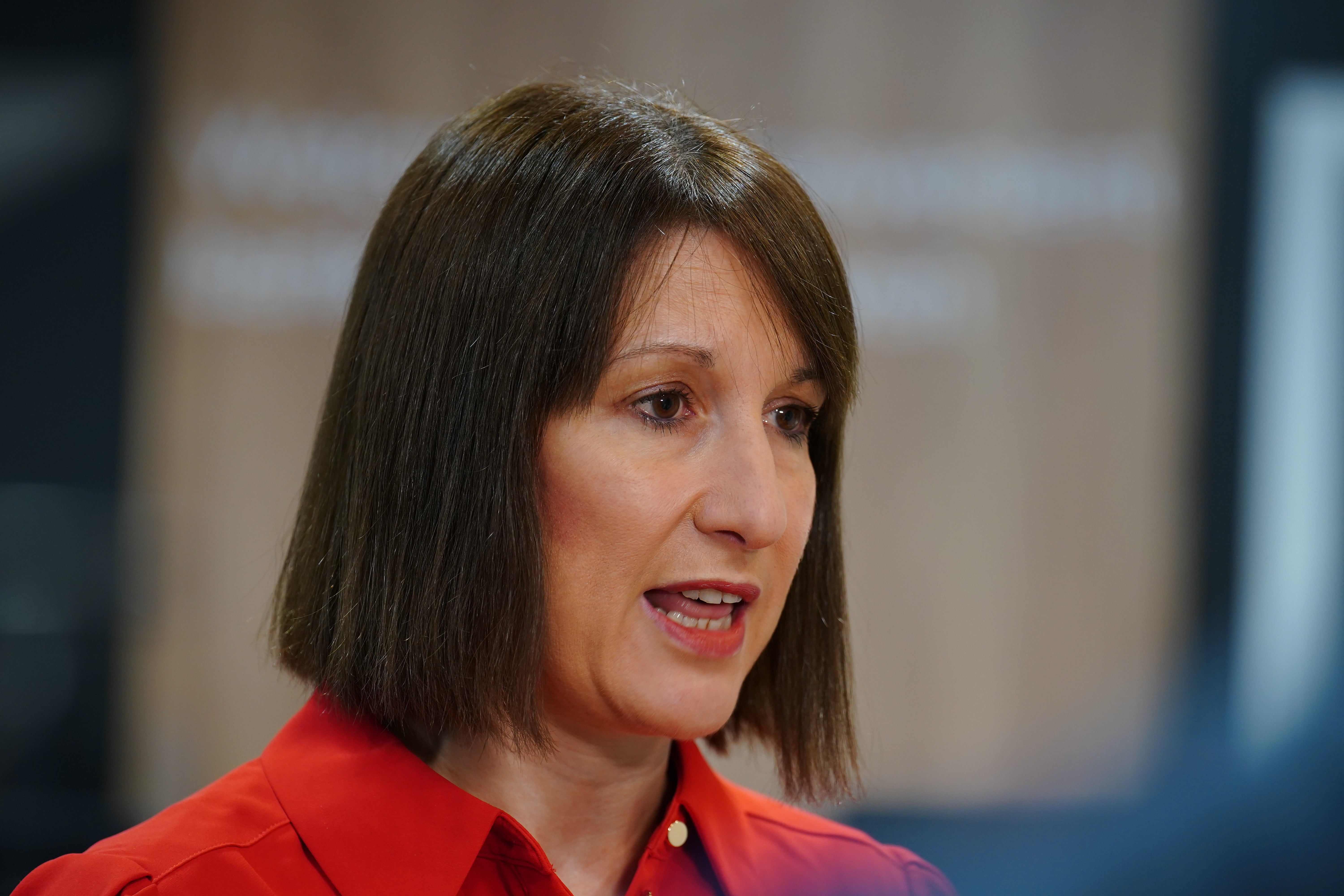‘All people could do was hope the nerds would fix it’: the global panic over the millennium bug, 25 years on
Share:
Planes were going to drop out of the sky, nuclear reactors would explode. But then … nothing. What really happened with Y2K? People still disagree ….
Just before midnight on New Year’s Eve, 25 years ago, Queen Elizabeth II stepped off a private barge to arrive at London’s Millennium Dome for its grand opening ceremony. Dressed in a pumpkin-orange coat, she entered the venue with Prince Philip, taking her place alongside Tony and Cherie Blair and 12,000 guests to celebrate the dawn of a new millennium. At the stroke of midnight, Big Ben began to chime and 40 tonnes of fireworks were launched from 16 barges lined along the river. The crowd joined hands, preparing to sing Auld Lang Syne. For a few long moments, the Queen was neglected – she flapped her arms out like a toddler wanting to be lifted up, before Blair and Philip noticed her, took a hand each, and the singing began. A new century was born.
One politician who wasn’t in attendance at the glitzy celebration was Paddy Tipping, a Labour MP who spent the night in the Cabinet Office. Tipping was minister for the millennium bug. After 25 years, it might be hard to recall just how big a deal the bug – now more commonly called Y2K – felt then. But for the last few years of the 90s, the idea that computers would fail catastrophically as the clock ticked over into the year 2000 was near the top of the political agenda in the UK and the US. Here was a hi-tech threat people feared might topple social order, underlining humanity’s new dependence on technological systems most of us did not understand. Though there are no precise figures, it’s estimated that the cost of the global effort to prevent Y2K exceeded £300bn (£633bn today, accounting for inflation).






















